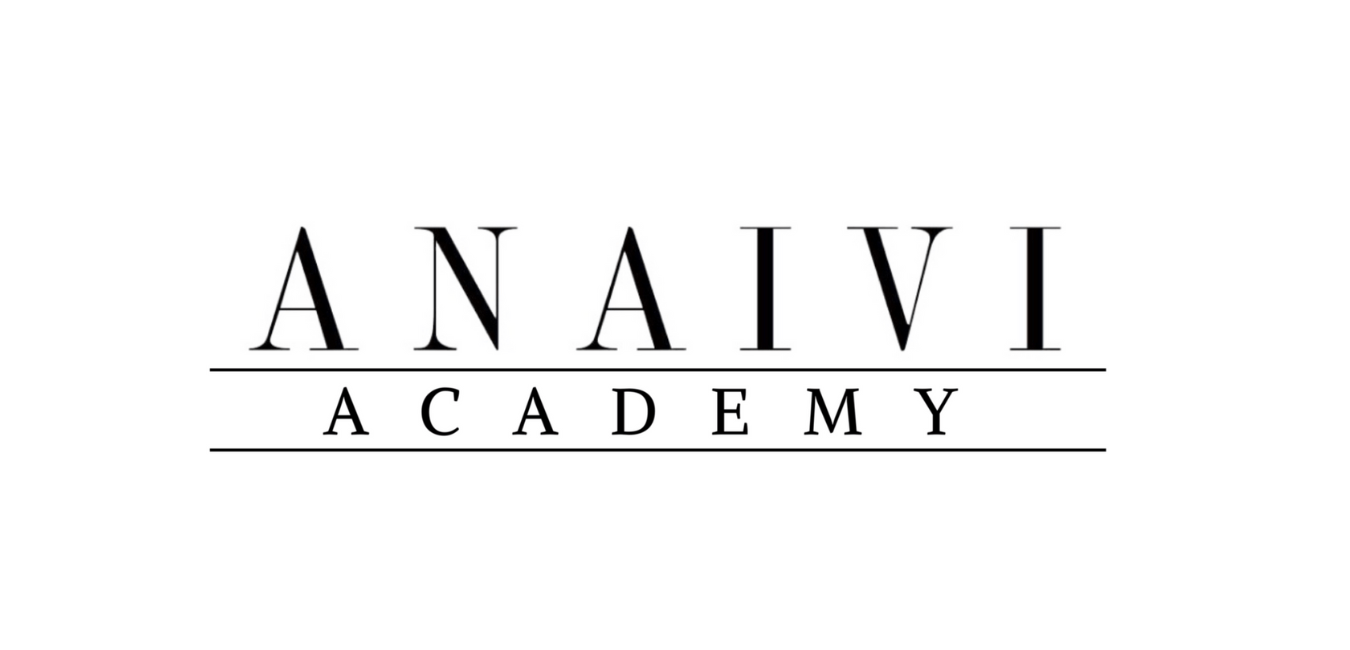
As a beginner makeup artist, it’s important to understand makeup product labels and ingredients. This knowledge can help you create makeup looks that are safe and suitable for your clients, while also enhancing their skin health. Understanding the ingredients in makeup products can also help you identify potential irritants and allergens that could cause adverse reactions. By learning how to read and understand makeup product labels and ingredients, you can make informed decisions about which products to use and recommend to your clients.
Understanding Makeup Product Labels

Understanding makeup product labels is a crucial part of being a makeup artist. Labels provide important information about the product that you need to know, including the brand, name, and instructions for use. As a professional makeup artist, you must be familiar with the key terms and information provided on product labels, such as the ingredients list, expiration date, and product warnings. It is important to understand the ingredients used in a product to ensure that it is safe for use on your clients and to avoid any potential allergic reactions. The expiration date is also crucial as expired makeup can be harmful to the skin and may cause irritation or infection.
Additionally, product warnings can alert you to any potential hazards, such as flammability or eye irritation. By understanding and interpreting this information, you can choose the best products for your clients and ensure their safety and satisfaction. So, always take the time to read and analyze makeup product labels before using them on your clients.
Understanding Makeup Product Ingredients

Understanding makeup product ingredients is crucial for any beginner makeup artist. Being knowledgeable about the common makeup ingredients and their functions can help you select products that are suitable for your clients’ specific needs. For example, if your client has dry skin, you may want to choose products that contain moisturizing ingredients like hyaluronic acid or glycerin. On the other hand, if your client has oily skin, you may want to choose products with oil-absorbing ingredients like salicylic acid or clay.
It’s also important to be aware of common ingredient irritants to avoid, such as fragrance, alcohol, and certain preservatives. These ingredients can cause allergic reactions or irritate sensitive skin. Understanding natural and organic makeup products can also be helpful in creating a clean and natural look for your clients. These products usually contain plant-based ingredients and avoid synthetic chemicals.
In conclusion, having a basic understanding of makeup product ingredients is essential for any beginner makeup artist. By knowing the functions of common ingredients, you can select products that are suitable for your clients’ specific needs, avoid ingredient irritants, and create a natural look. Always take the time to read and analyze the ingredient list of makeup products before using them on your clients.
Choosing Makeup Products Based on Skin Type and Needs
Choosing makeup products based on your client’s skin type and needs is crucial for any makeup artist. Knowing your client’s skin type is essential in selecting products that will work best for them. Dry skin requires moisturizing products that hydrate the skin, while oily skin needs products that control excess oil and shine. Combination skin requires a balance of both moisture and oil control, and sensitive skin requires gentle, non-irritating products.
Understanding common skin concerns is also important in selecting the right products for your client’s needs. Acne-prone skin requires products that are non-comedogenic and won’t clog pores, while aging skin requires products with anti-aging ingredients that can improve the appearance of fine lines and wrinkles. Hyperpigmentation can be addressed with products that contain skin-brightening ingredients such as vitamin C or niacinamide.
As a makeup artist, it’s your responsibility to recommend products that not only enhance your client’s natural beauty but also work best for their skin type and concerns. Taking the time to analyze and understand your client’s skin type and needs will help you choose the best products and create a flawless look that your client will love.
Conclusion
In conclusion, understanding makeup product labels and ingredients is crucial for any beginner makeup artist. By learning how to read and interpret product labels, you can choose the best products for your clients and ensure their safety. Understanding common makeup ingredients and their effects on the skin can also help you create looks that enhance your client’s natural beauty. Remember to always choose makeup products that are safe and suitable for your client’s skin type and needs.




